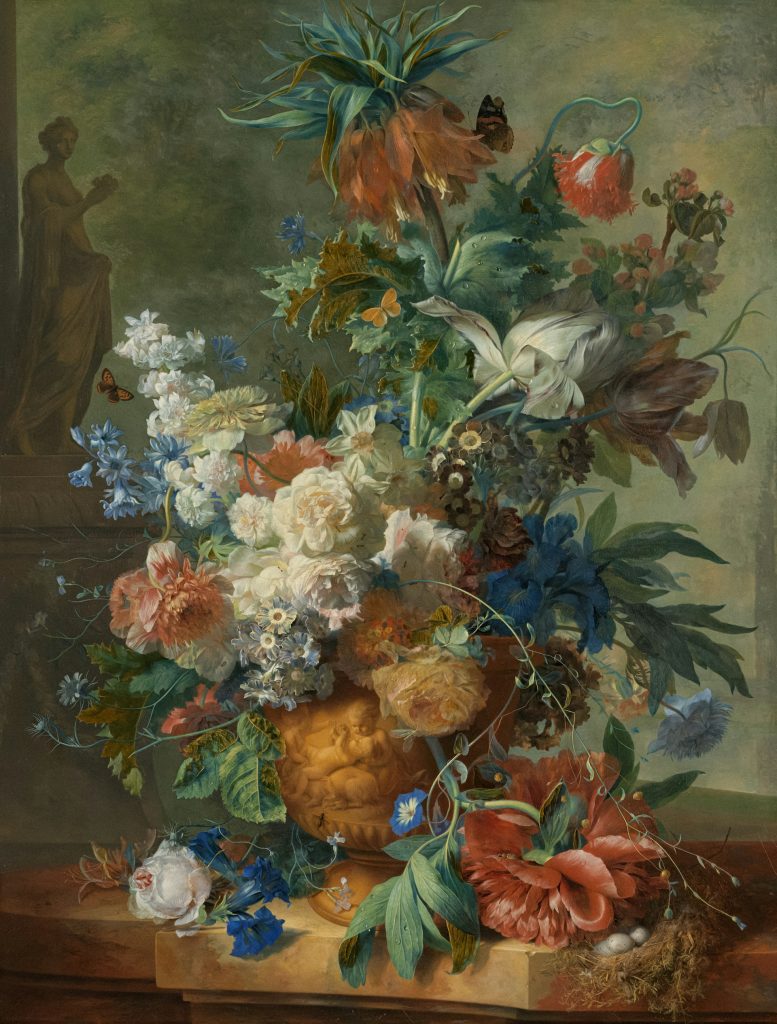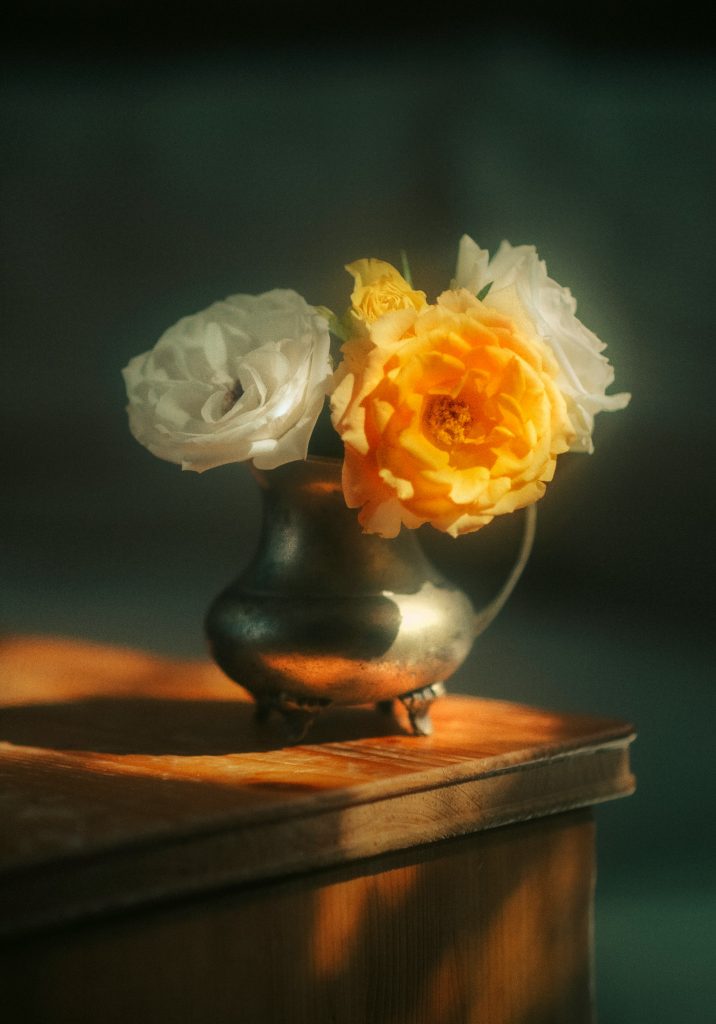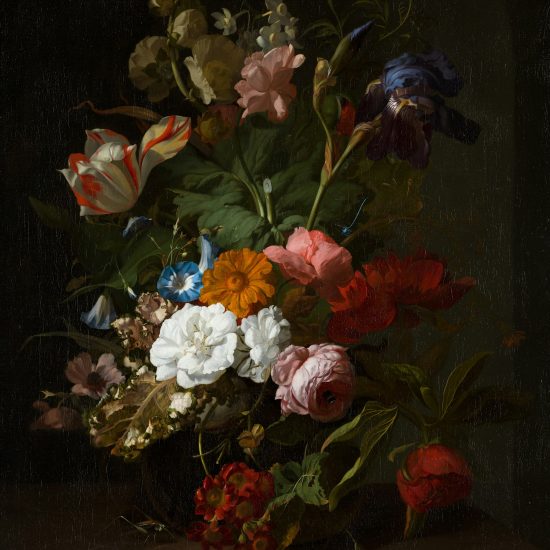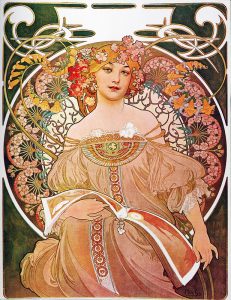Still life art, characterized by the depiction of inanimate objects, has a long and varied history. This genre has been a fundamental part of art history, showcasing the beauty of everyday items through meticulous composition and symbolism. From its early days in ancient civilizations to its modern interpretations, still life painting continues to captivate artists and viewers alike.
1. The Origins of Still Life Art
Early Beginnings
The roots of still life art can be traced back to ancient civilizations such as Egypt, Greece, and Rome. In these cultures, artists often depicted objects of daily life, including food, pottery, and tools, in their artwork. These early still life paintings served both decorative and functional purposes, often used in tombs and temples to provide for the deceased in the afterlife.
The Middle Ages and Renaissance
During the Middle Ages, still life art took on a more symbolic role, often incorporated into religious works to convey deeper meanings. It had evolved significantly by the Renaissance, with artists like Jan Brueghel the Elder creating intricate compositions of flowers and everyday objects. These works were appreciated not just for their aesthetic beauty but also for their meticulous detail and symbolism.
The Dutch Golden Age
The 17th century Dutch Golden Age marked a high point for still life art. Dutch artists such as Pieter Claesz and Willem Heda specialized in creating highly detailed and realistic still lifes that depicted luxury items and everyday objects. These paintings often contained symbolic references to the fleeting nature of life and the vanity of earthly possessions, known as “vanitas” paintings.
2. Symbolism and Themes
Vanitas and Memento Mori
Vanitas paintings, a subset of still life art, emerged during the Dutch Golden Age. These works were laden with symbols of mortality and the transient nature of life. Common motifs included skulls, extinguished candles, and wilting flowers, all serving as reminders of the inevitable passage of time and the futility of material wealth.
Floral Still Lifes

Source: https://unsplash.com/photos/a-painting-of-flowers-in-a-vase-on-a-table-wPbZENgLO-4
Floral still lifes became particularly popular in the Northern Renaissance. Artists like Jan Brueghel the Elder and Rachel Ruysch were renowned for their detailed and vibrant depictions of flowers. These paintings were not only a testament to the artists’ skill but also a celebration of nature’s beauty and diversity.
Modern Interpretations
In the modern era, still life art has continued to evolve. Post-Impressionist artists like Vincent van Gogh and Paul Cézanne brought a new level of expressiveness to the genre. Van Gogh’s “Sunflowers” series and Cézanne’s various still lifes with apples and bottles are prime examples of how artists began to explore new techniques and perspectives within still life painting.
3. Techniques and Styles used
Realism and Detail
The hallmark of still life art has always been its emphasis on realism and detail. Dutch Golden Age painters perfected the technique of creating lifelike textures and surfaces, making their still lifes appear almost photographic. This attention to detail required immense skill and patience, as artists meticulously rendered each object.
Impressionism and Beyond
The advent of Impressionism brought a shift in focus from meticulous detail to capturing the essence and mood of a scene. Artists like Claude Monet and Pierre-Auguste Renoir experimented with light and color, creating more fluid and dynamic still life compositions. This movement paved the way for further experimentation in the 20th century.
Contemporary Approaches

Source: https://unsplash.com/photos/white-and-yellow-flower-on-black-ceramic-vase-gN-r3UPfajY
Today, still life art encompasses a wide range of styles and mediums. Contemporary artists like Giorgio Morandi and Wayne Thiebaud have reinterpreted the genre through minimalist compositions and vibrant color palettes. Additionally, the advent of digital art has opened new possibilities for creating hyper-realistic and imaginative still lifes.
4. Famous Artists
Jan Brueghel the Elder
Jan Brueghel the Elder, a key figure in the development of floral still lifes, was known for his detailed and vibrant compositions. His works often featured a variety of flowers, meticulously arranged to showcase their beauty and diversity. Brueghel’s influence extended throughout Europe, inspiring generations of still life artists.
Paul Cézanne
Paul Cézanne’s contributions to still life art were groundbreaking. His approach to composition, characterized by bold brushstrokes and multiple perspectives, laid the groundwork for modern art movements such as Cubism. Cézanne’s still lifes with apples, bottles, and skulls are celebrated for their innovative use of form and color.
Giorgio Morandi
Italian painter Giorgio Morandi is renowned for his simple yet profound still lifes. His works often depict everyday objects like bottles and jars, arranged in contemplative compositions. Morandi’s subtle use of color and light imbues his paintings with a sense of quiet introspection, making him one of the most respected still life artists of the 20th century.
5. The Legacy and Influence of Still Life Art
Educational Value
Still life art has long been a fundamental component of art education. Its focus on observation, composition, and technique makes it an ideal subject for teaching the basics of drawing and painting. Many art schools continue to use still life exercises to help students develop their skills.
Cultural Significance
Throughout history, still life art has provided a unique window into the cultural and societal values of different eras. By depicting everyday objects, artists have offered insights into the lives and material culture of their times. This makes still life paintings invaluable historical documents as well as works of art.
Contemporary Relevance
In today’s art world, still life continues to inspire and challenge artists. The genre’s ability to capture the beauty and complexity of ordinary objects ensures its enduring appeal. Contemporary artists are finding new ways to push the boundaries of still life, incorporating new technologies and perspectives to keep the genre fresh and relevant.
In conclusion, still life art is a timeless genre that has evolved and adapted through the centuries. From its ancient beginnings to its modern interpretations, still life painting remains a vital and dynamic form of artistic expression. Its rich history and continued relevance make it a fascinating subject for both artists and art enthusiasts alike.




